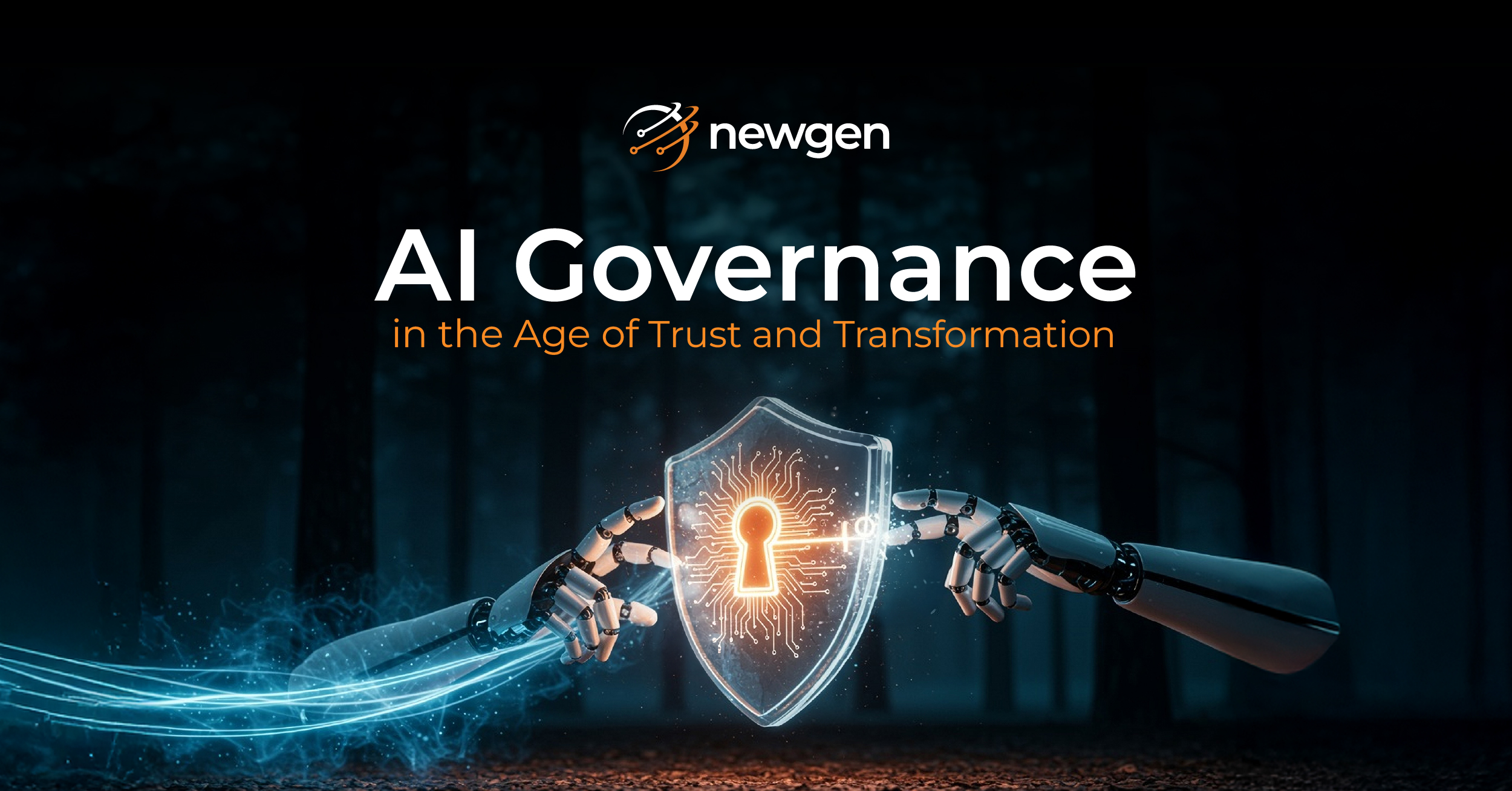| One can see a number of potential areas of risk: from the potential break-up of the Eurozone, the slowdown in emerging markets, and the sovereign debt crisis impacting most of the governments in the world. Even more than the last one, another financial crisis could be truly game-changing, not only for financial institutions around the world but for the post-World War II geopolitical order that has underpinned the world for the last 70-plus years.The bottom line is that the more agile and innovative institutions will be those best able to navigate any significant disruptors.” Source: PWC |
Five years from now, filling in an online loan application will be a thing of the past. Juniper Research predicts that by 2020 Global revenue from the Fintech lending platform will double to reach $10.5 billion. By 2022, the implementation of the Fundamental Review of the Trading Book (FRTB) regulation will increase the pressure of collecting more data on banks, as will BASEL III in 2019. These are merely few examples of the changes the lending market will witness in the coming years. Many more changes will impact the lending process in the coming decade.
The bottom line is – perception today may not match reality tomorrow. And, slow and steady may not win the race.
According to a report by KPMG, “Newer tech savvy entrants have speed and agility on their side and continue to successfully nip away at different facets of a bank’s business.”
To prevent alternate, digital lenders from eating away your bank’s market share, you will need to be agile in adapting to market changes like those mentioned above and quick in delivering services to customers. The future belongs to those who will be able to master the art of agile shape-shifting in this dynamic market!
To achieve this, you need to act and act fast! You need to weigh long-term goals over short-term objectives, agility over rigidity, and a complete overhaul of business processes over quick-fixes and point solutions. However, most FIs have decades of legacy and core banking systems in investments across CRM, Underwriting, Risk Management, and other areas. These disjointed processes, in silos, create bottlenecks that delay the delivery of services and prohibit agility.
Unifying Lending Processes for Agility
A fast and agile lending platform lifecycle cannot be achieved without unification of processes through robust and seamless integration. However, lending organizations have built their IT systems over decades by building layer upon layer of diverse applications for handling specific functionalities like loan tracking, loan origination, spreading, rating, etc. to form a patchwork of technology systems that do not communicate with each other.
This patchwork partly accomplishes the job, forcing banks to invest in additional applications to tackle the job not done. Thus, this sunk cost fallacy has led banks to invest in building a house of cards.
However, a platform based solution can help banks stay agile even with such obsolete technology. Business Process Management (BPM) based solutions can seamlessly integrate with disparate applications, external and legacy systems. This allows banks to survive with their existing investment in core banking system, accounting software, email application, etc. while making them communicate with each other. Thus, accommodating changing market conditions by quickly modifying centralized business rules or credit policies.
Translating Agility into Tangible Value- Optimizing Lending Processes for Speed
According to a report by ABA, “Even a one-day delay or uncertainty in responding to the customer could result in losing business to a more agile and transparent competitor.” Therefore, for agility to truly culminate into tangible value, lenders need to reach customers faster with their product offerings. Let’s analyze the aspects involved herein-
Straight Through Processing
Customers expect a fast response and contextually correct action. It is easier said than done, though. It requires a process mind-set, supported by a flexible workflow-driven platform, with the ability to delink business rules from the transactional aspects of the process. Customer data, customer documents and collaterals, lending policies and rules, risk management policies and regulatory compliance aspects need to work in conjunction without forcing rigidity. It is important for business rules to be loosely coupled with the rest of the process and configured independently to facilitate faster changes whenever a policy needs to be revised.
Building a Responsive Organisation
Retail Lending is a complex and people-intensive process. People in your organization are responsible for decisions that involve a variety of factors. In order to be effective at their job, they need all the relevant information in time and in the required form. They need to use their time to do what they do best, and not on mundane repetitive tasks.
Financial Institutions require a business rules management based technology that facilitates straight through processing of repetitive tasks, resulting in immediate processing. This would help the workforce stay motivated and empowered. This helps deliver better customer experience and more innovative products over time.
Staying Mobile
Mobility provides you an interface, but for it to be effective, it should be a natural extension of the lending process. A truly mobile interface facilitates capture of information and documents through a mobile or any other interface, on-the-go reviews, approvals and monitoring.
Mobility should be treated as a productivity enhancer and a key aspect of a great lending process. An omni-channel and cross-channel experience is critical for mobility to be effective. Your relationship managers should be able to expedite the process by capturing customer information and documents on-the-go for a smooth credit origination.
It is critical to capture documents through mobile, and seamlessly attach them to the credit opportunity, with integrated document management in the backend for a seamless mobile experience. Credit heads should be able to review and approve seamlessly on-the-go.
Handling Exceptions
Commercial lending processes are prone to emergent and exceptional scenarios. Exception handling is about flexibility and knowledge worker empowerment, ad-hoc routing and flexible processes. The ability to carry corresponding documents & media items, such as photographs, scanned copies, signatures through the process offers a significant advantage. Further, the delivery of timely customer communication throughout the process is imperative to keep the customer informed about the status as well as additional requirements of exceptional situations.
Sources:
https://blog.lendingclub.com/a-sneak-peek-into-the- future-of-lending/
You might be interested in





